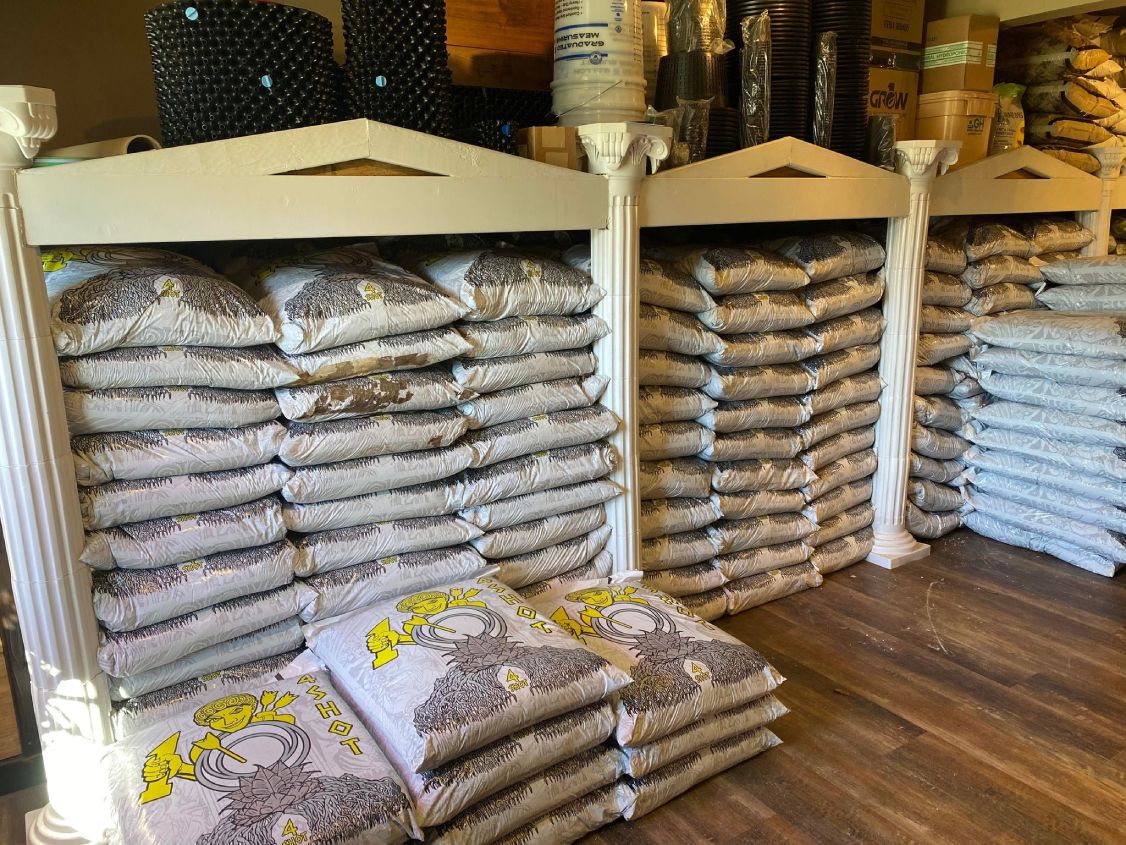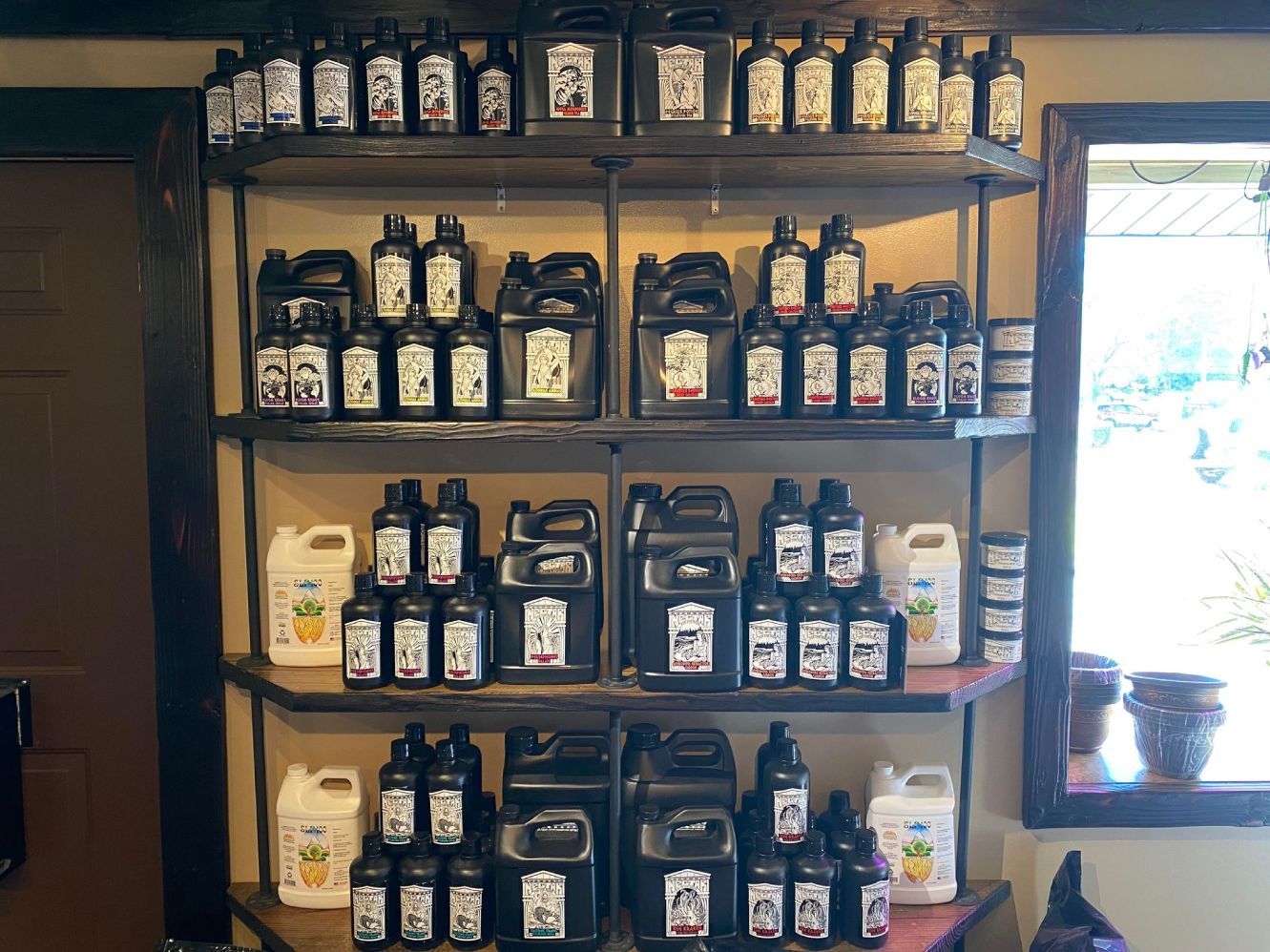Unravel the Secrets of Effective Growing with The Indoor Earthworm
Wiki Article
Opening the Potential of Hydroponics: Understanding Its Uses and Various Types
Hydroponics, an approach of growing plants without dirt, has actually gathered raising focus for its possible to transform farming and cultivation methods. The accuracy control over nutrient distribution, water use, and environmental factors offers a peek into a future where food manufacturing can be optimized in different setups. As we browse through the complex landscape of hydroponic systems and techniques, it ends up being noticeable that each method holds distinctive benefits and restrictions. By unwinding the varied usages and kinds of hydroponics, we can uncover a world of opportunities that may improve exactly how we visualize lasting farming and gardening practices.Benefits of Hydroponic Systems

Another benefit of hydroponic systems is the capability to expand plants in a smaller sized area. By removing the need for dirt, plants can be grown vertically or in piled systems, making best use of using available space. This is specifically beneficial in metropolitan areas or regions with minimal cultivatable land. Hydroponic systems decrease the threat of soil-borne illness and pests, as there is no soil to harbor these risks. This brings about much healthier plants and decreases the need for damaging pesticides, making hydroponic farming an extra eco friendly and lasting alternative.
Usual Uses in Farming

Provided the reliable water preservation and space-saving advantages of hydroponic systems, it appears that these innovative farming approaches have actually discovered usual uses in numerous markets of agriculture. In traditional agriculture, soil-based farming can be labor-intensive and land-consuming. Hydroponics offers an option by permitting plants to be grown without dirt, minimizing water usage by as much as 90% contrasted to standard farming methods. This makes hydroponics particularly ideal for areas dealing with water shortage or restricted cultivable land. Moreover, the controlled atmosphere of hydroponic systems enables year-round farming, giving a regular supply of fresh fruit and vegetables despite outside weather.
Hydroponics is generally used for growing a variety of crops, consisting of leafy environment-friendlies, tomatoes, cucumbers, strawberries, natural herbs, and peppers. Its convenience reaches upright farming, city agriculture, and greenhouse production. In addition, hydroponic systems are used in study and educational settings to study plant nutrition, development, and cultivation strategies. The adaptability and performance of hydroponics make it an important device in modern farming, dealing with the obstacles of sustainability, food safety, and source optimization.
Discovering Various Hydroponic Strategies
Hydroponic systems use an array of techniques my latest blog post that provide to different plant types and farming objectives. Additionally, the Ebb and Flow system, likewise recognized as the Flood and Drainpipe system, intermittently floods the plant origins with nutrient service, permitting for oxygenation during draining periods. Each of these techniques showcases the versatility and effectiveness of hydroponic systems in improving plant growth and yield.Contrasting Various Hydroponic Solutions
Checking out the effectiveness and yield improvement methods in hydroponics leads us to contrast numerous hydroponic systems offered for plant growing. Each hydroponic system has its special attributes, benefits, and limitations, making it important for cultivators to pick one of the most appropriate system based on their particular demands and restrictions.One of the most usual hydroponic systems is the nutrient movie strategy (NFT), where a slim film of nutrient remedy continuously flows over the plant roots. This system is prized for its water performance and suitability for expanding leafy eco-friendlies and natural herbs. On the other hand, the deep water society (DWC) system submerges plant origins straight right into the nutrient option, supplying ample oxygen and nutrients. The DWC system is cost-efficient and reasonably straightforward, making it a prominent option for novices.
An additional prominent hydroponic system is the ebb and flow (or flooding and drainpipe) system, which occasionally floodings the plant roots with nutrient solution prior to draining it. By comprehending the distinctions in between these hydroponic systems, farmers can make enlightened choices to make the most of crop yield and top quality.
Advancements in Hydroponic Modern Technology
One vital advancement is the growth of wise hydroponic systems that make use of sensing units and automation to keep an eye on and readjust environmental problems such as pH levels, nutrient concentrations, and light exposure in real-time. These systems allow specific control over growing problems, leading to optimal plant development and greater crop returns.One more significant advancement is the integration of vertical farming methods with hydroponic systems, allowing for the growing of crops in piled layers. This vertical strategy makes best use of space usage, making it ideal for city environments where land accessibility is restricted - The Indoor Earthworm. Furthermore, using advanced LED lights systems tailored to details plant requirements has improved power effectiveness and improved growth rates in hydroponic setups
Technologies like these are driving the development of hydroponics, making it a highly eye-catching and lasting alternative for modern agriculture.
Verdict
In Get the facts conclusion, hydroponics uses numerous advantages in home agriculture and has different techniques and systems that can be made use of to optimize its potential. Innovations in hydroponic technology remain to enhance performance and sustainability in food manufacturing. By comprehending the uses and different sorts of hydroponic systems, farmers and growers can open the complete capacity of this ingenious technique of growing plants without dirt.Furthermore, hydroponic systems allow for better control over nutrient degrees, pH balance, and environmental problems, leading to much healthier plants and greater returns.

Report this wiki page